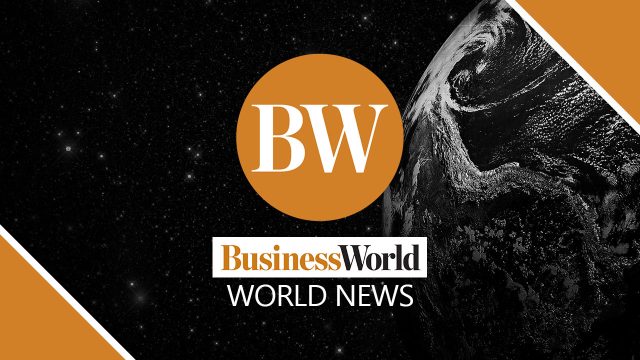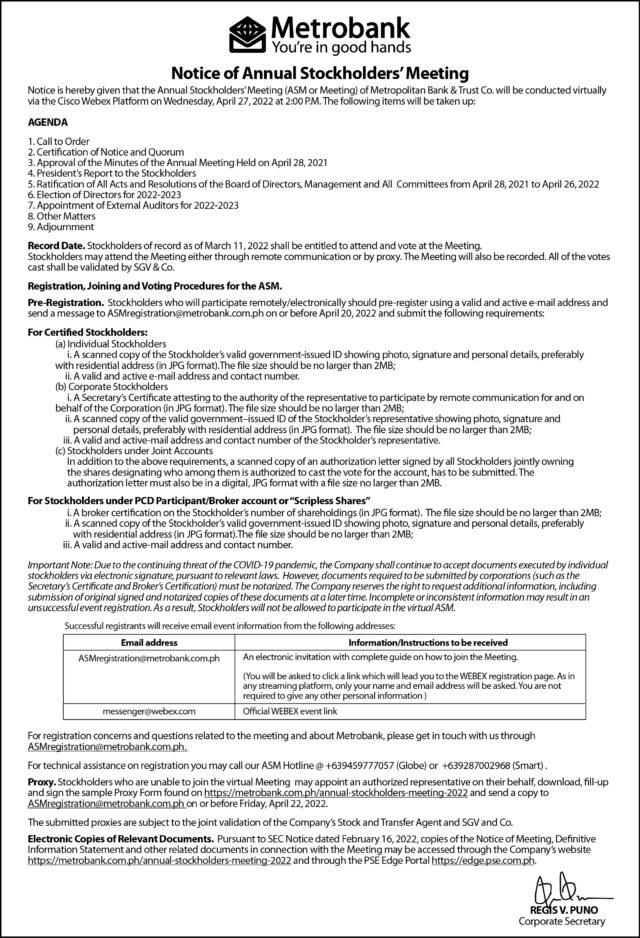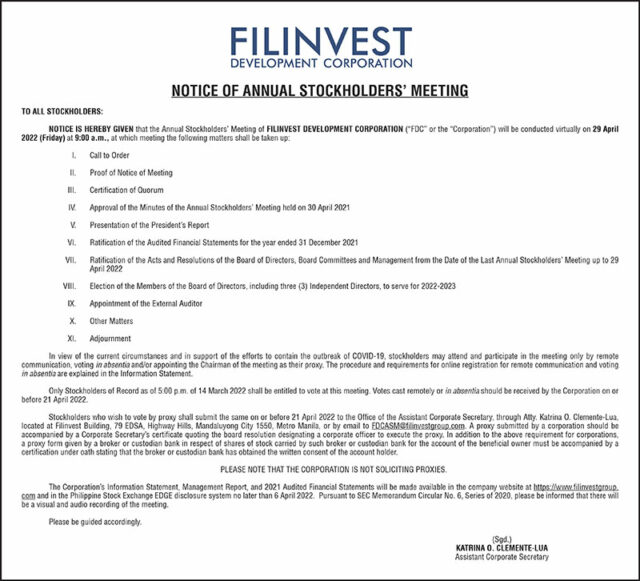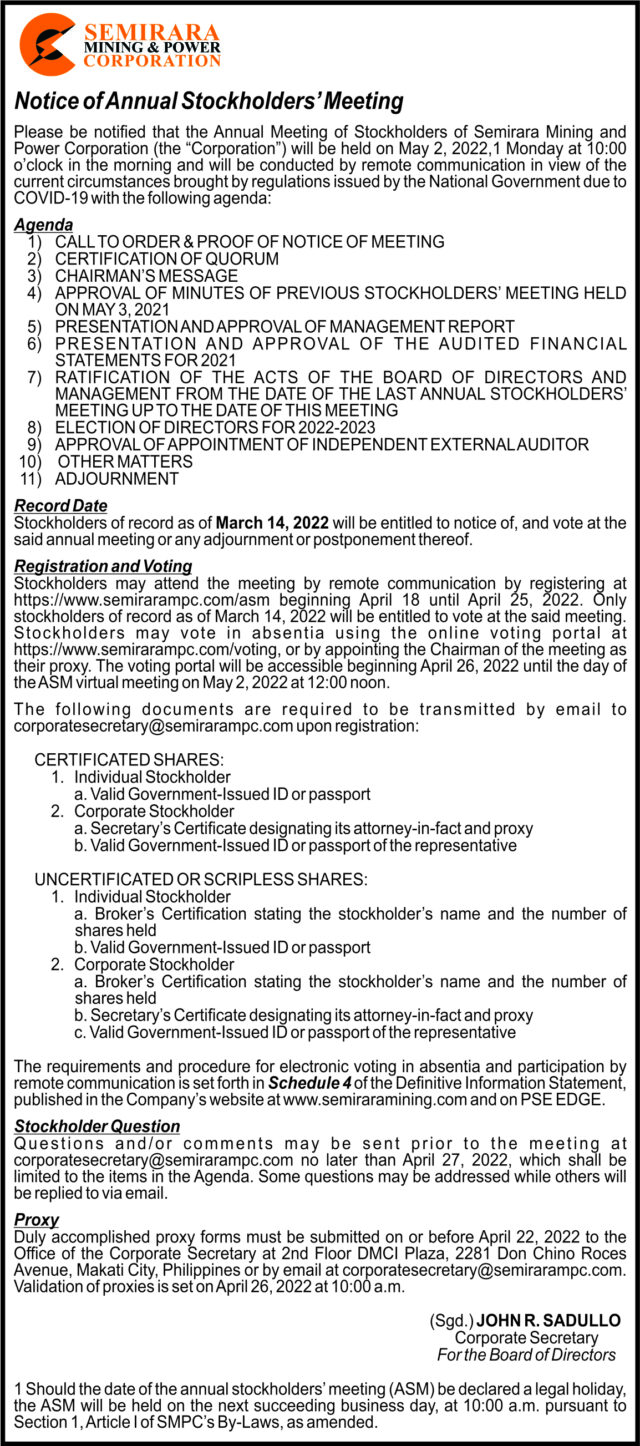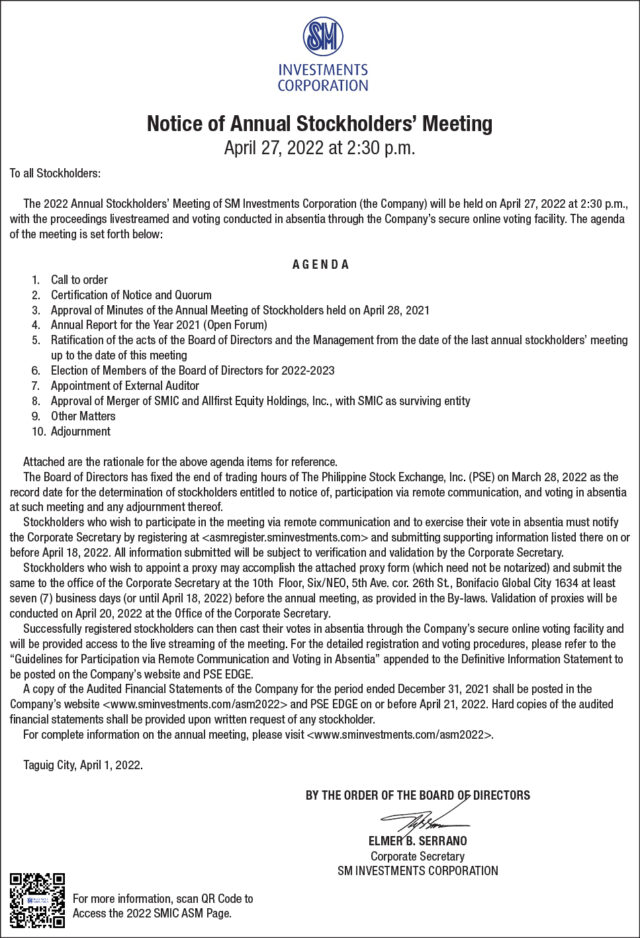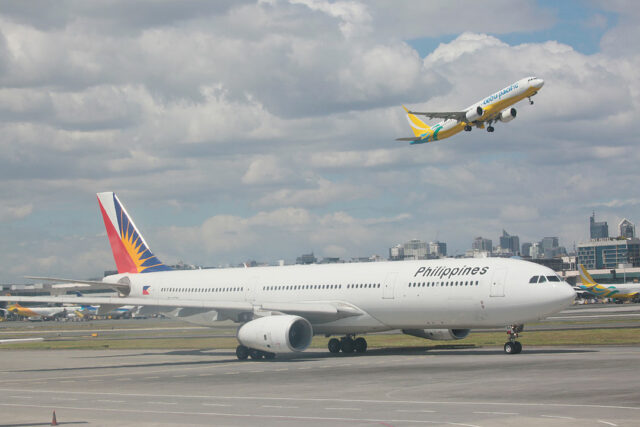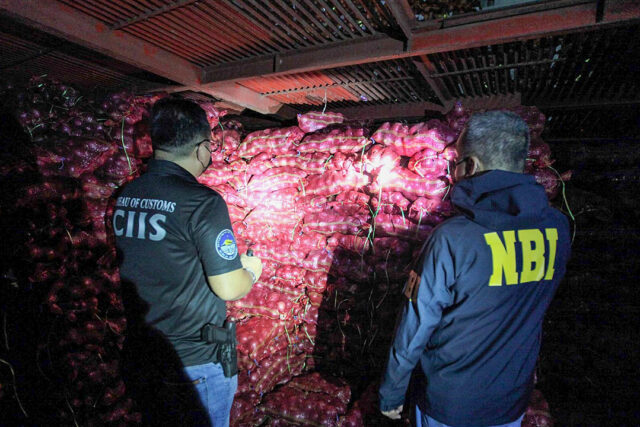Musk takes 9% stake in Twitter to become top shareholder, starts poll on edit button
Tesla Inc TSLA.O boss Elon Musk on Monday disclosed a 9.2% stake in Twitter Inc TWTR.N, worth nearly $3 billion, making him the micro-blogging site’s largest shareholder and triggering a rise of more than 27% in the company’s shares.
Musk‘s move, revealed in a regulatory filing, comes on the heels of his tweet that he was giving “serious thought” to building a new social media platform, while questioning Twitter‘s commitment to free speech.
He also started a poll asking Twitter users if they want an edit button, a long-awaited feature on which the social media platform has been working. It was followed by Chief Executive Parag Agrawal urging users to “vote carefully”.
In less than three hours of starting the poll, more than 1.2 million users voted, with over 75% of them backing an edit option.
Last week, in another poll, Musk had asked if Twitter alogrithm should be open source. More than 82% of the users said yes, while former CEO Jack Dorsey said, “the choice of which algorithm to use (or not) should be open to everyone.”
A prolific Twitter user, Musk has over 80 million followers since joining the site in 2009 and has used the platform to make several announcements, including teasing a go-private deal for Tesla that landed him in hot water with regulators.
Of late, however, the world’s richest person has been critical of the social media platform and its policies, and recently ran a Twitter poll asking users if they believed the platform adheres to the principle of free speech, to which over 70% voted “no.” Read full story
In December, Musk put out a meme that compared CEO Agrawal with Soviet dictator Joseph Stalin and showed Jack Dorsey as a close associate who was later on executed.
Twitter‘s latest quarterly results and lower-than-expected user additions have raised doubts about its growth prospects, even as it pursues big projects such as audio chat rooms and newsletters to end long-running stagnation.
“It does send a message to Twitter … having a meaningful stake in the company will keep them on their toes, because that passive stake could very quickly become an active stake,” said Thomas Hayes, managing member at Great Hill Capital LLC.
Musk – who, according to Forbes, has a net worth of about $300 billion – has been reducing his stake in Tesla since November, when he said he would offload 10% of his holding in the electric-car maker. He has already sold $16.4 billion worth of shares since then.
A regulatory filing on Monday showed that Musk owns 73.5 million Twitter shares, which are held by the Elon Musk Revocable Trust, of which he is the sole trustee. Vanguard is Twitter‘s second-biggest shareholder, with an 8.79% stake, according to Refinitiv data.
Twitter shares rose 27.1% on Monday to close at $49.97. The stock, which had fallen 38% in the past 12 months through Friday’s close, on Monday added as much as $8.38 billion to its market capitalization, which now stands at $39.3 billion.
BUYOUT?
“Musk‘s actual investment is a very small percentage of his wealth and an all-out buyout should not be ruled out,” CFRA Research analyst Angelo Zino wrote in a client note.
The stake in Twitter is more likely to result in positive outcomes for shareholders than negative ones, said Ryan Jacob, chief executive officer of Jacob Asset Management, who said Twitter is one of the fund’s largest holdings.
“If (Musk) decides to take an active position and Twitter goes private, it will probably be at a higher price than it is now,” he said. “If it gets other companies interested (in acquiring Twitter), it’ll probably be at a higher price than right now.”
Musk has previously made early-stage investments in companies, including online payment processor Stripe Inc and artificial intelligence firm Vicarious.
He is also the founder and chief executive officer of SpaceX, and leads brain-chip startup Neuralink and infrastructure firm the Boring Company.
Twitter was the target of activist investor Elliott Management Corp in 2020, when the hedge fund argued the social networking company’s then-boss and co-founder, Jack Dorsey, was paying too little attention to Twitter while also running what was then called Square Inc SQ.N.
Dorsey, who owns a stake of more than 2% in Twitter, stepped down as CEO and chairman in November last year, handing the reins to company veteran Parag Agrawal.
Meanwhile, Musk and Dorsey have found some common ground in dismissing the so-called Web3, a vague term for a utopian version of the internet that is decentralized. Read full story – Reuters



